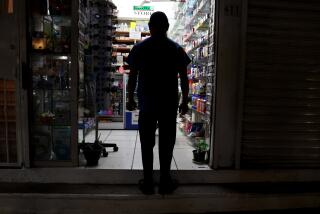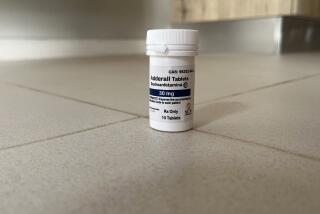Counterfeit Items Harder to Detect, Magazine Warns
- Share via
LONDON — Fakes of goods ranging from Cartier watches to heart drugs are getting more convincing, costing firms around the world a fortune, according to an independent British business magazine.
Director magazine said packaging and quality of counterfeits are now of such a high standard that customers find it virtually impossible to distinguish them from the real thing.
“Counterfeit goods are now being produced and sold on an epidemic scale and are costing firms hundreds of millions of pounds (dollars) a year,” it added in its May issue.
Crackdowns by various countries have had limited success, and the booming fakes market is hitting company profits and incurring huge legal fees, said the magazine, published by the London-based Institute of Directors.
French jewelry firm Cartier and clothing firm Hard Rock International were named as two that had hired detectives to fight the counterfeit scourge.
Fakes are no longer confined to designer goods such as perfume, jewelry and clothes. As the global marketing of brands expands, drugs and computer software also run the risk of being copied.
Counterfeit drugs, although cheaper than the real thing, may be dangerous or ineffective, with no active ingredients or the wrong combination, it said.
Third World nations in Africa and Asia form the biggest markets for fake antibiotics, steroids, analgesics and heart drugs, it said.
More to Read
Inside the business of entertainment
The Wide Shot brings you news, analysis and insights on everything from streaming wars to production — and what it all means for the future.
You may occasionally receive promotional content from the Los Angeles Times.










